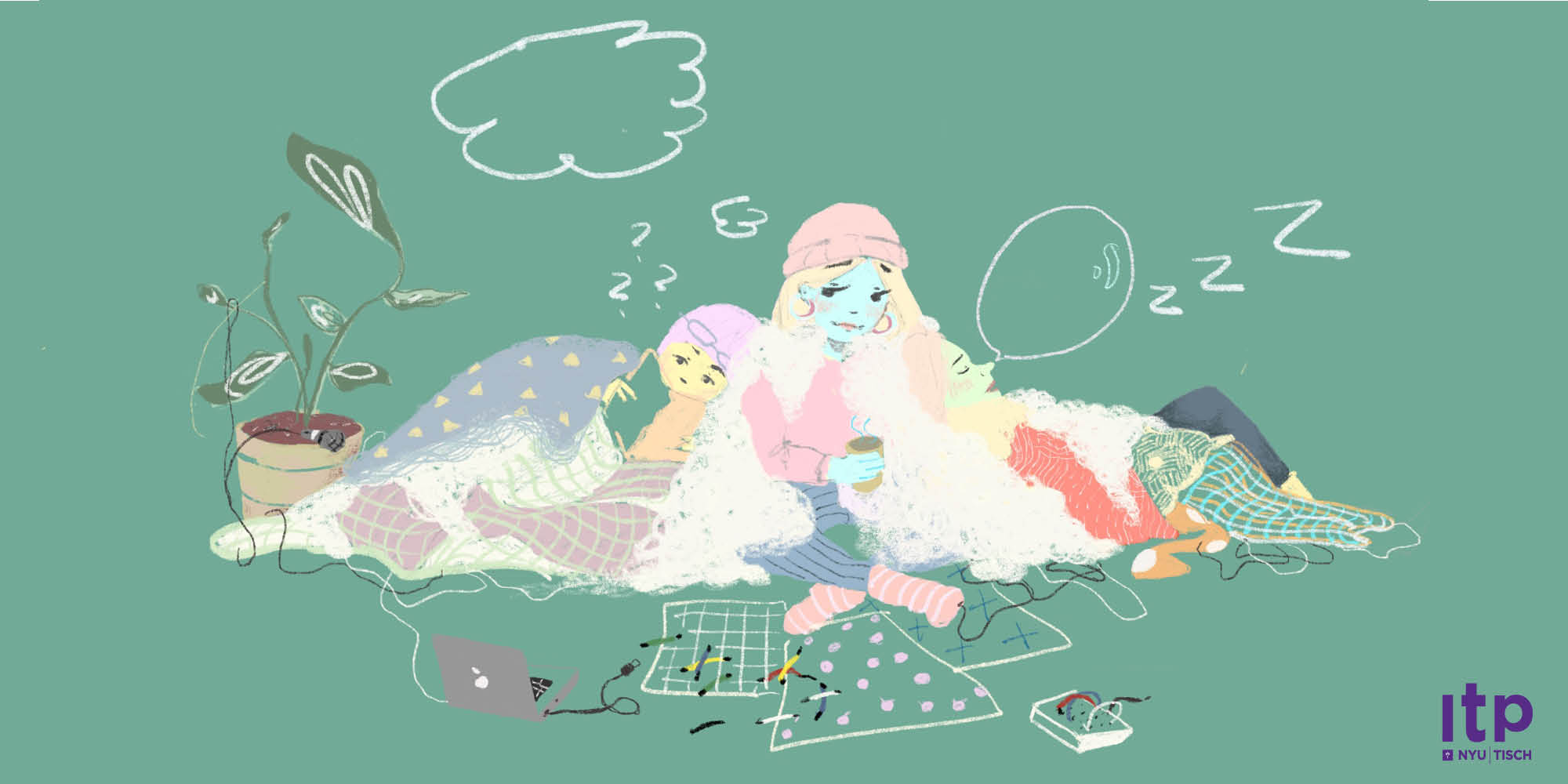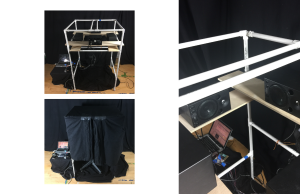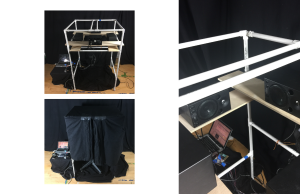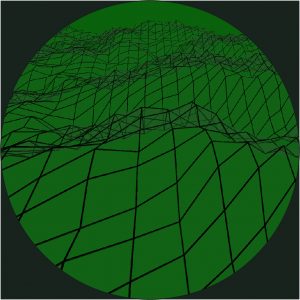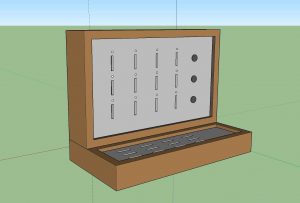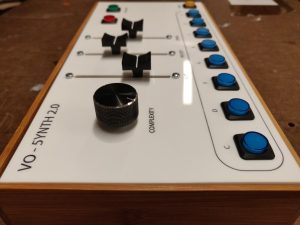Nuntinee Tan
‘Find Your Flow’ is a touch sensitive interactive installation that asks you to feel every pixel of its sequin surface and follow its vibration patterns until you ‘Find Your Flow’.
https://hellonun.blog/2018/12/05/find-your-flow/
Description
Our physical movement and sense of touch are a large part of our everyday perception, yet we only passively pay attention to them. By tuning into our senses, we become more perceptive of ourselves and our surroundings, and are more able to enjoy the nuances around us.
‘Find Your Flow’ is a touch sensitive interactive installation that asks you to tune into your sense of touch and movement, feel every pixel of its sequin surface and follow its vibration patterns until you ‘Find Your Flow’.
The installation tracks your movement i.e. your position and speed using a grid of FSR sensors; when you move at the right pace and in the right position for a certain period of time, the vibration stops, and the installation lets you continue on by yourself.
Mechanism: grid of 16 FSR sensors and 16 vibration motors
Material and size: sequin on soft pillow (80 sq.cm. wide, 15cm. high)
Additional elements: small LCD display displaying the status and direction for the installation
Keywords: touch sensitive, vibration, sequin, pixels, slow motion, movement, soft touch
Classes
Introduction to Physical Computing
